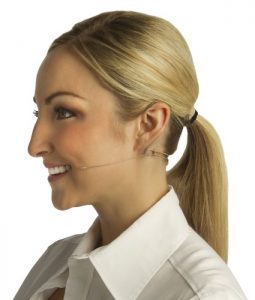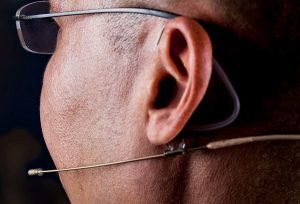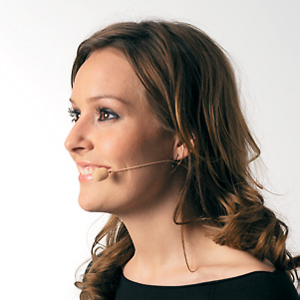There is nothing worse than having microphone issues with a room full of people staring at you. To help prevent some of these issues, below are a few best practices for you to keep in mind the next time you use a microphone.
HandHeld Microphones:
There are two things to remember when holding a microphone:
- Don’t hold it too high
- Don’t hold it too low
Holding a microphone too high with your thumb over the top will actually ruin the dynamics of the microphone and how it was designed to perform, possibly resulting in feedback! Holding a microphone too low can cause similar issues. Generally speaking, the antenna for the microphone transmitter is located at the bottom of a microphone, the same place you would find the cable connected in a wired mic. So if you put these two tips together then the only remaining section left to hold on the microphone is in the middle. Still confused? Check out these pictures for some visual assistance.

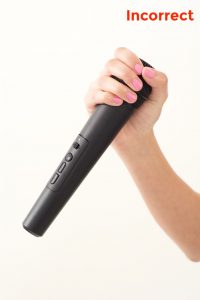
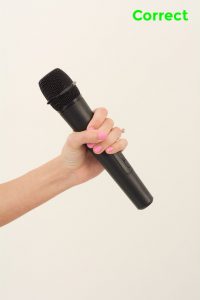
Now that you have a good understanding of where to grasp the microphone itself, we can go over how to hold it in relation to your body/mouth.
- Do not hold the microphone directly in front of your mouth. Hold it below or to the side of your mouth to avoid noise from breathing.
- Keep the microphone element about 1 to 3 inches away from your mouth.
- Point the front of the microphone toward your mouth. Don't talk into the side of it.
- Be careful not to move the microphone or your head suddenly.
Head Worn Microphones:
- Place the microphone element to the side of your mouth to avoid noise from breathing.
- Keep the microphone element about an inch from the side of your mouth, but not touching it.
- Make sure the front of the microphone points toward your mouth. The front may be labeled with, for example, a colored dot or the word "Talk."
- Position the headset consistently every time you use it.
- Be cautious about earrings or facial hair as these can cause unwanted 'noise' while speaking.
